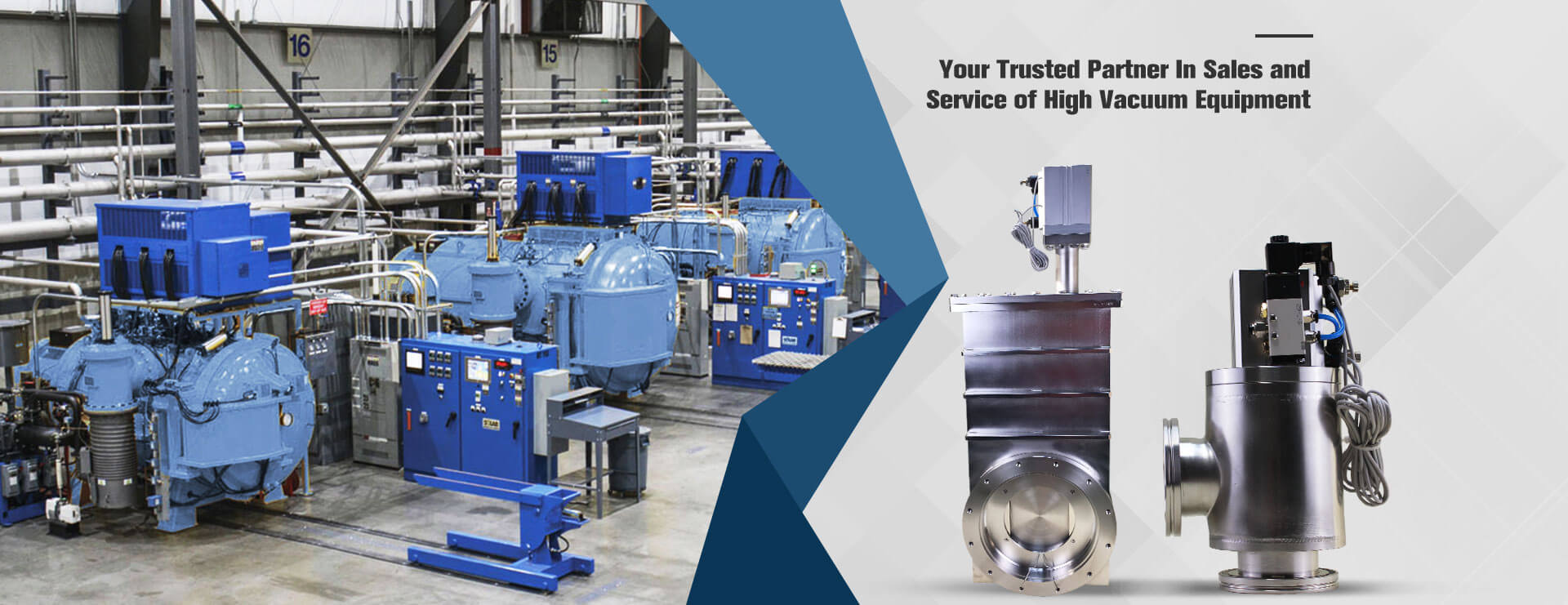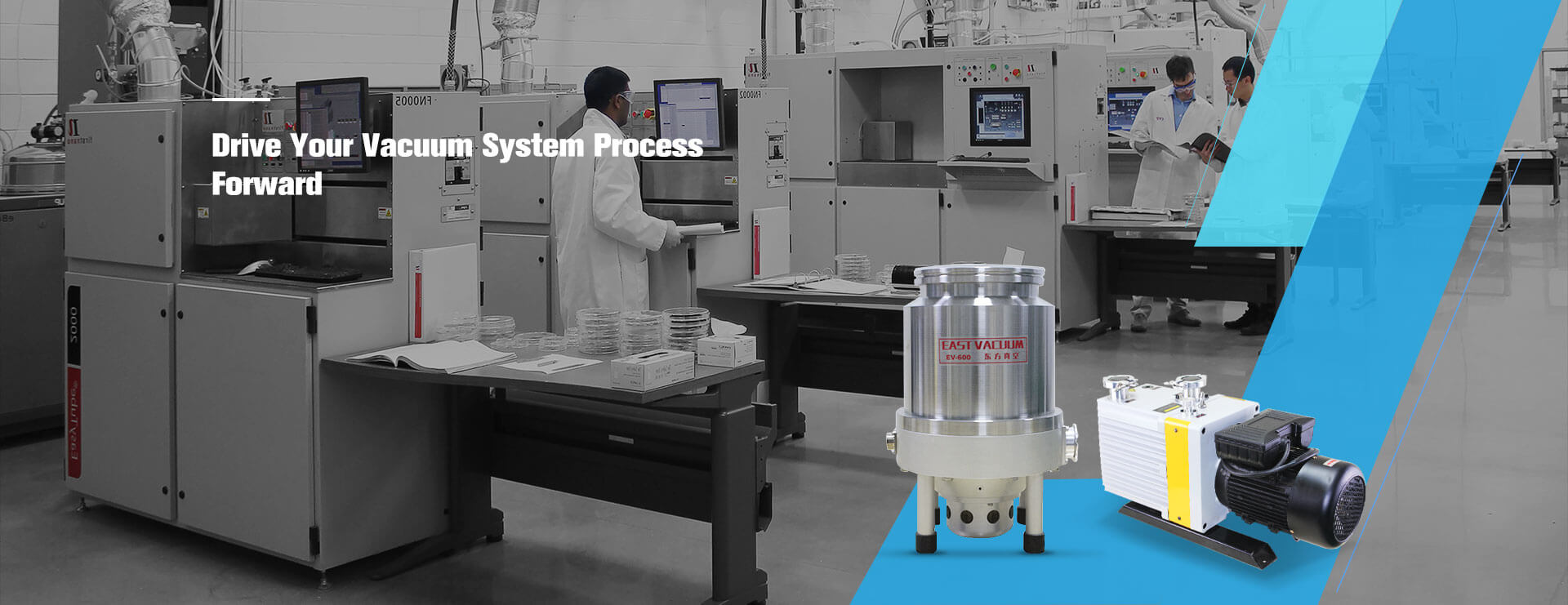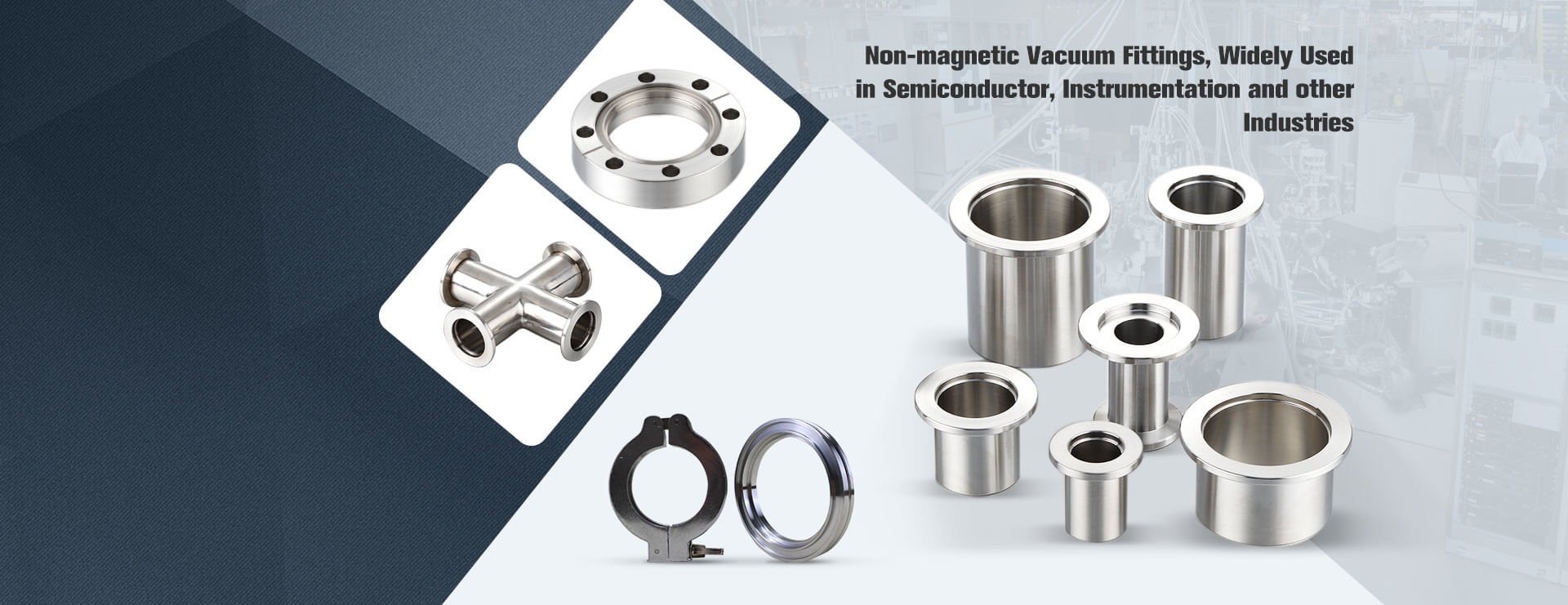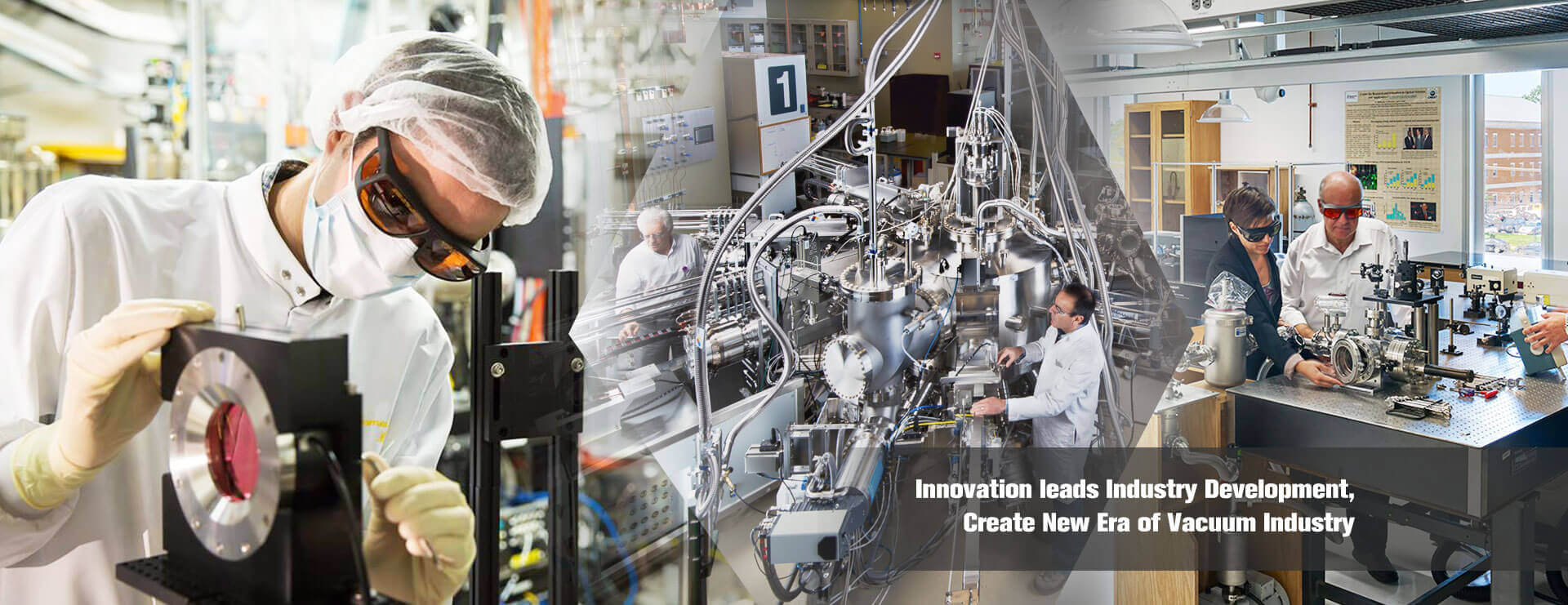1. What is a pump?
A: A pump is a machine that converts the mechanical energy of the prime mover into energy for pumping liquids.
2. What is power?
A: The amount of work done per unit of time is called power.
3. What is a effective power?
In addition to the energy loss and consumption of the machine itself, the actual power obtained by the liquid through the pump per unit time is called effective power.
4. What is shaft power?
A: The power transferred from the motor to the pump shaft is called shaft power.
5.Why is it said that the power delivered by the motor to the pump is always greater than the effective power of the pump?
A: 1) When the centrifugal pump is in operation, part of the high-pressure liquid in the pump will flow back to the inlet of the pump, or even leak out of the pump, so part of the energy must be lost;
2) When the liquid flows through the impeller and the pump casing, the change of the flow direction and speed, and the collision between the fluids also consume part of the energy;
3) The mechanical friction between the pump shaft and the bearing and the shaft seal also consumes some energy; therefore, the power transmitted by the motor to the shaft is always greater than the effective power of the shaft.
6. What is the overall efficiency of the pump?
A: The ratio of the effective power of the pump to the shaft power is the total efficiency of the pump.
7. What is the flow rate of the pump? What symbol is used to represent it?
A: Flow refers to the amount of liquid (volume or mass) flowing through a certain section of a pipe per unit time. The flow rate of the pump is indicated by “Q”.
8. What is the lift of the pump? What symbol is used to represent it?
A: Lift refers to the increment of energy obtained by fluid per unit weight. The lift of the pump is represented by “H”.
9. What are the characteristics of chemical pumps?
A: 1) It can adapt to the requirements of chemical technology;
2) Corrosion resistance;
3) High temperature and low temperature resistance;
4) Wear-resistant and erosion-resistant;
5) Reliable operation;
6) No leakage or less leakage;
7) Capable of transporting liquids in a critical state;
8) Has anti-cavitation performance.
10. Commonly used mechanical pumps are divided into several categories according to their working principles?
A: 1) Vane pump. When the pump shaft rotates, it drives various impeller blades to give the liquid centrifugal force or axial force, and transport the liquid to the pipeline or container, such as centrifugal pump, Scroll pump, mixed flow pump, axial flow pump.
2) Positive displacement pump. Pumps that use continuous changes in the internal volume of the pump cylinder to transport liquids, such as reciprocating pumps, piston pumps, gear pumps, and screw pumps;
3) Other types of pumps. Such as electromagnetic pumps that use electromagnetic to transport liquid electrical conductors; pumps that use fluid energy to transport liquids, such as jet pumps, air lifters, etc.
11. What should be done before chemical pump maintenance?
A: 1) Before the maintenance of machinery and equipment, it is necessary to stop the machine, cool down, release the pressure, and cut off the power supply;
2) Machines and equipment with flammable, explosive, toxic and corrosive media must be cleaned, neutralized, and replaced after passing the analysis and testing before maintenance before construction can begin;
3) For inspection and maintenance of flammable, explosive, toxic, corrosive media or steam equipment, machines, and pipelines, the material outlet and inlet valves must be cut off and blind plates must be added.
12. What process conditions should be in place before the chemical pump overhaul?
A: 1) stopping; 2) cooling; 3) pressure relief; 4) disconnecting power; 5) displacing.
13. What are the general mechanical disassembly principles?
A: Under normal circumstances, it should be disassembled in sequence from the outside to the inside, first up and then down, and try to disassemble the whole parts as a whole.
14. What are the power losses in a centrifugal pump?
A: There are three types of losses: hydraulic loss, volume loss, and mechanical loss
1) Hydraulic loss: When the fluid flows in the pump body, if the flow path is smooth, the resistance will be smaller; if the flow path is rough, the resistance will be greater. loss. The above two losses are called hydraulic losses.
2) Volume loss: the impeller is rotating, and the pump body is stationary. A small part of the fluid in the gap between the impeller and the pump body returns to the inlet of the impeller; in addition, a part of the fluid flows back from the balance hole to the inlet of the impeller, or Leakage from shaft seal. If it is a multi-stage pump, part of it will also leak from the balance plate. These losses are called volume loss;
3) Mechanical loss: when the shaft rotates, it will rub against bearings, packing, etc. When the impeller rotates in the pump body, the front and rear cover plates of the impeller will have friction with the fluid, which will consume part of the power. These losses caused by mechanical friction will always be mechanical loss.
15.In production practice, what is the basis for finding the balance of the rotor?
A: Depending on the number of revolutions and structures, static balancing or dynamic balancing can be used. The static balance of rotating body can be solved by static balance method. Static balance can only balance the imbalance of the rotating center of gravity (that is, eliminate the moment), but cannot eliminate the unbalanced couple. Therefore, static balance is generally only suitable for disc-shaped rotating bodies with relatively small diameters. For rotating bodies with relatively large diameters, dynamic balance problems are often more common and prominent, so dynamic balance processing is required.
16. What is equilibrium? How many types of balancing are there?
A: 1) The elimination of unbalance in rotating parts or components is called balancing.
2) Balancing can be divided into two types: static balancing and dynamic balancing.
17. What is Static Balance?
A: On some special tooling, the front position of the unbalanced rotating part can be measured without rotation, and at the same time, the position and size of the balance force should be added. This method of finding balance is called static balance.
18. What is dynamic balance?
A: When the parts are rotated through the parts, not only the centrifugal force generated by the biased weight must be balanced, but also the balance of the couple moment formed by the centrifugal force is called dynamic balance. Dynamic balancing is generally used for parts with high speed, large diameter, and particularly strict working precision requirements, and accurate dynamic balancing must be done.
19. How to measure the biased orientation of the balanced parts when doing static balancing of rotating parts?
A: First, let the balanced part roll freely on the balancing tool several times. If the last rotation is clockwise, the center of gravity of the part must be on the right side of the vertical center line (due to frictional resistance). Make a mark with white chalk at the point, and then let the part roll freely. The last roll is completed in the counterclockwise direction, then the center of gravity of the balanced part must be on the left side of the vertical center line, and then make a mark with white chalk, then The center of gravity of the two records is the azimuth.
20. How to determine the size of the balance weight when doing the static balance of the rotating parts?
A: First, turn the biased orientation of the part to the horizontal position, and add an appropriate weight at the largest circle at the opposite symmetrical position. This should be taken into consideration when choosing the appropriate weight, whether it can be counterweighted and reduced in the future, and after the appropriate weight is added, it still maintains a horizontal position or slightly swings, and then reverses the part 180 degrees to make it Keep the horizontal position, repeat several times, after the appropriate weight is determined to remain unchanged, take off the appropriate weight and weigh it, which determines the gravity of the balance weight.
21. What are the types of mechanical rotor unbalance?
A: Static unbalance, dynamic unbalance and mixed unbalance.
22. How to measure pump shaft bending?
A: After the shaft is bent, it will cause the imbalance of the rotor and the wear of the dynamic and static parts. Put the small bearing on the V-shaped iron, and the large bearing on the roller bracket. The V-shaped iron or bracket should be placed firmly, and then the dial indicator On the support, the surface stem points to the center of the shaft, and then slowly rotate the pump shaft. If there is any bending, there will be a maximum and minimum reading of the micrometer per revolution. The difference between the two readings indicates the maximum radial runout of the shaft bending, also known as shaking. Spend. The bending degree of the shaft is one-half of the shaking degree. Generally, the radial runout of the shaft is not more than 0.05mm in the middle and more than 0.02mm at both ends.
23. What are the three types of mechanical vibration?
A: 1) In terms of structure: caused by manufacturing design defects;
2) Installation: mainly caused by improper assembly and maintenance;
3) In terms of operation: due to improper operation, mechanical damage or excessive wear.
24. Why is it said that the misalignment of the rotor is an important cause of abnormal vibration of the rotor and early damage to the bearing?
A: Due to the influence of factors such as installation errors and rotor manufacturing, deformation after loading, and environmental temperature changes between the rotors, it may cause poor alignment. The shaft system with poor alignment of the rotors may cause changes in the force of the coupling. Changing the actual working position of the rotor journal and the bearing not only changes the working state of the bearing, but also reduces the natural frequency of the rotor shaft system. Therefore, rotor misalignment is an important cause of abnormal vibration of the rotor and early damage to the bearing.
25. What are the standards for measuring and reviewing journal ovality and taper?
A: The ellipticity and taper of the sliding bearing shaft diameter should meet the technical requirements, and generally should not be greater than one-thousandth of the diameter. The ellipticity and taper of the shaft diameter of the rolling bearing are not greater than 0.05mm.
26. What should be paid attention to when assembling chemical pumps?
A: 1) Whether the pump shaft is bent or deformed;
2) Whether the rotor balance meets the standard;
3) The gap between the impeller and the pump casing;
4) Whether the compression amount of the buffer compensation mechanism of the mechanical seal meets the requirements;
5) Concentricity of pump rotor and volute;
6) Whether the center line of the pump impeller flow channel and the center line of the volute flow channel are aligned;
7) Adjust the gap between the bearing and the end cover;
8) Gap adjustment of the sealing part;
9) Whether the assembly of the transmission system motor and the variable (increasing, decelerating) speed reducer meets the standards;
10) Alignment of the coaxiality of the coupling;
11) Whether the mouth ring gap meets the standard;
12) Whether the tightening force of the connecting bolts of each part is appropriate.
27. What is the purpose of pump maintenance? What are the requirements?
A: Purpose: Through the maintenance of the machine pump, eliminate the problems that exist after a long period of operation.
Requirements are as follows:
1) Eliminate and adjust the larger gaps in the pump due to wear and corrosion;
2) Eliminate dirt, dirt and rust in the pump;
3) Repair or replace unqualified or defective parts;
4) The rotor balance test is qualified; 5) The coaxiality between the pump and the driver is checked and meets the standard;
6) The test run is qualified, the data is complete, and the process production requirements are met.
28. What is the reason for the excessive power consumption of the pump?
A: 1) The total head does not match the head of the pump;
2) The density and viscosity of the medium are inconsistent with the original design;
3) The pump shaft is inconsistent or bent with the axis of the prime mover;
4) There is friction between the rotating part and the fixed part;
5) The impeller ring is worn;
6) Improper installation of seal or mechanical seal.
29. What are the reasons for rotor imbalance?
A: 1) Manufacturing errors: uneven material density, misalignment, out-of-roundness, uneven heat treatment;
2) Incorrect assembly: the center line of the assembly part is not coaxial with the axis;
3) The rotor is deformed: the wear is uneven, and the shaft is deformed under operation and temperature.
30. What is a dynamic unbalanced rotor?
A: There are rotors that are equal in size and opposite in direction, and whose unbalanced particles are integrated into two force couples that are not on a straight line.
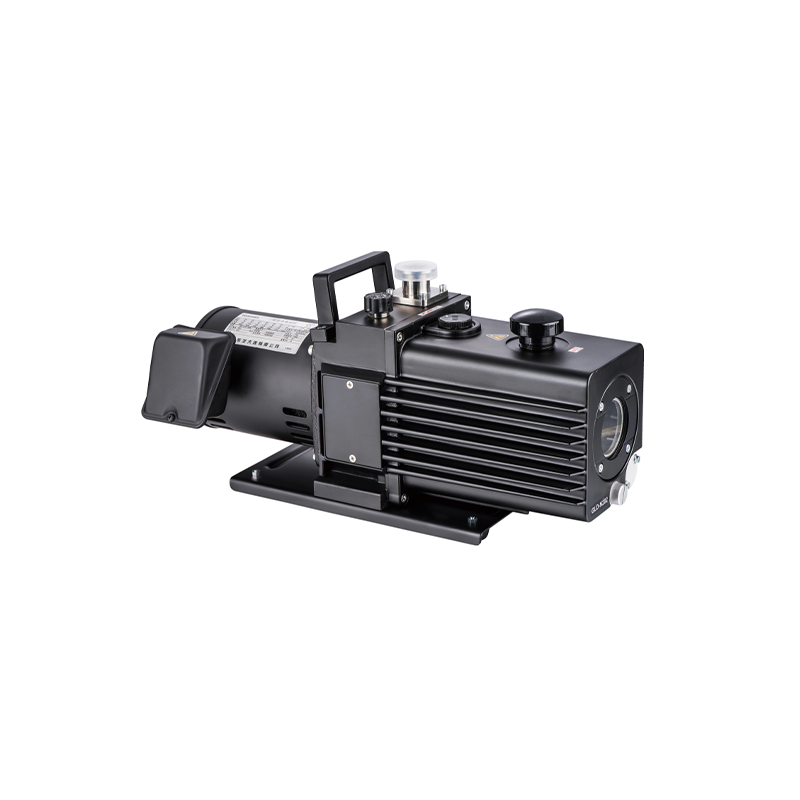
Post time: Jan-05-2023

